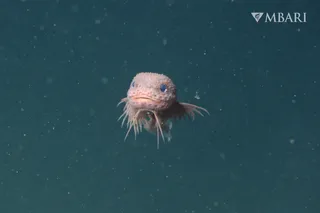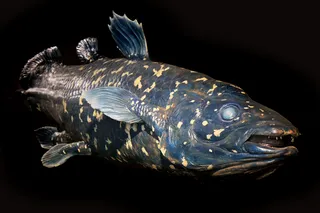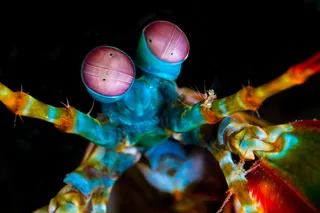Most camouflaged creatures try to hold still so they won't give away their ruse. But cuttlefish aren't most creatures. These masters of camouflage can change color to seamlessly match their background, and they can keep swimming while they do it. "Cuttlefish are one of nature's fastest dynamic camouflagers," says Noam Josef, a graduate student at the Ben Gurion University of the Negev in Israel. The cephalopods can change color in just one tenth of a second. They can also create different patterns and textures on their skin. Despite being colorblind, they can disguise themselves as rocks, other fish, or smudges on a sandy seafloor. (Watch a cuttlefish gamely match its skin to different backgrounds in this video.) Josef wanted to know more about how cuttlefish change colors while they're in motion. So he collected eight common European cuttlefish (Sepia officinalis) from off the coast of Italy. In the lab, the ...
How Cuttlefish Stay Camouflaged On the Go
Discover how cuttlefish camouflage techniques allow them to change color in motion, adapting seamlessly to their environment.
More on Discover
Stay Curious
SubscribeTo The Magazine
Save up to 40% off the cover price when you subscribe to Discover magazine.
Subscribe












